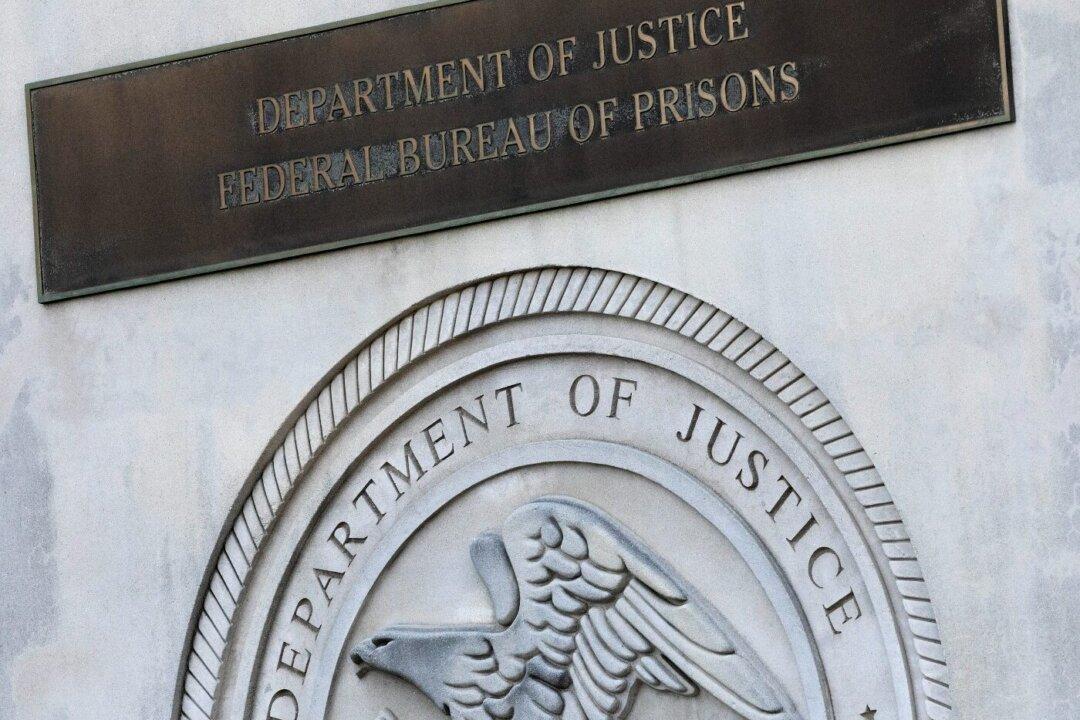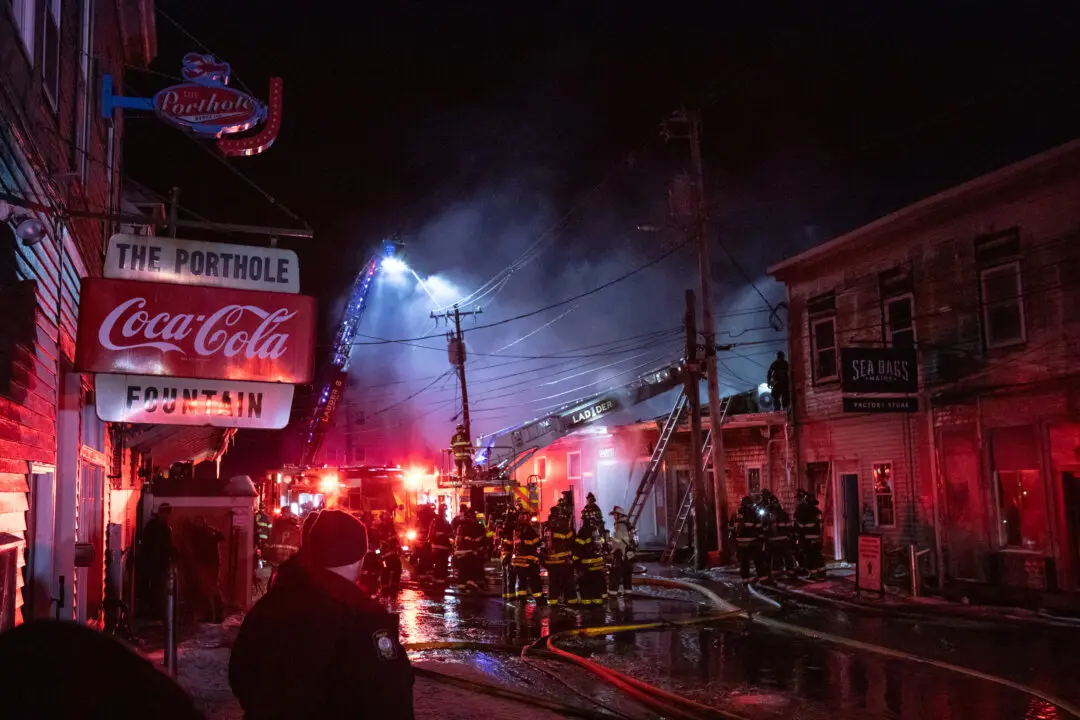WASHINGTON—Over the past 18 months, 29 prisoners have escaped from federal lockups across the United States—and nearly half still have not been caught. At some of the institutions, doors are left unlocked, security cameras are broken and officials sometimes don’t notice an inmate is missing for hours.
At one Texas lockup, security is so lax that local law enforcement officials privately joke about its seemingly “open-door policy.”





